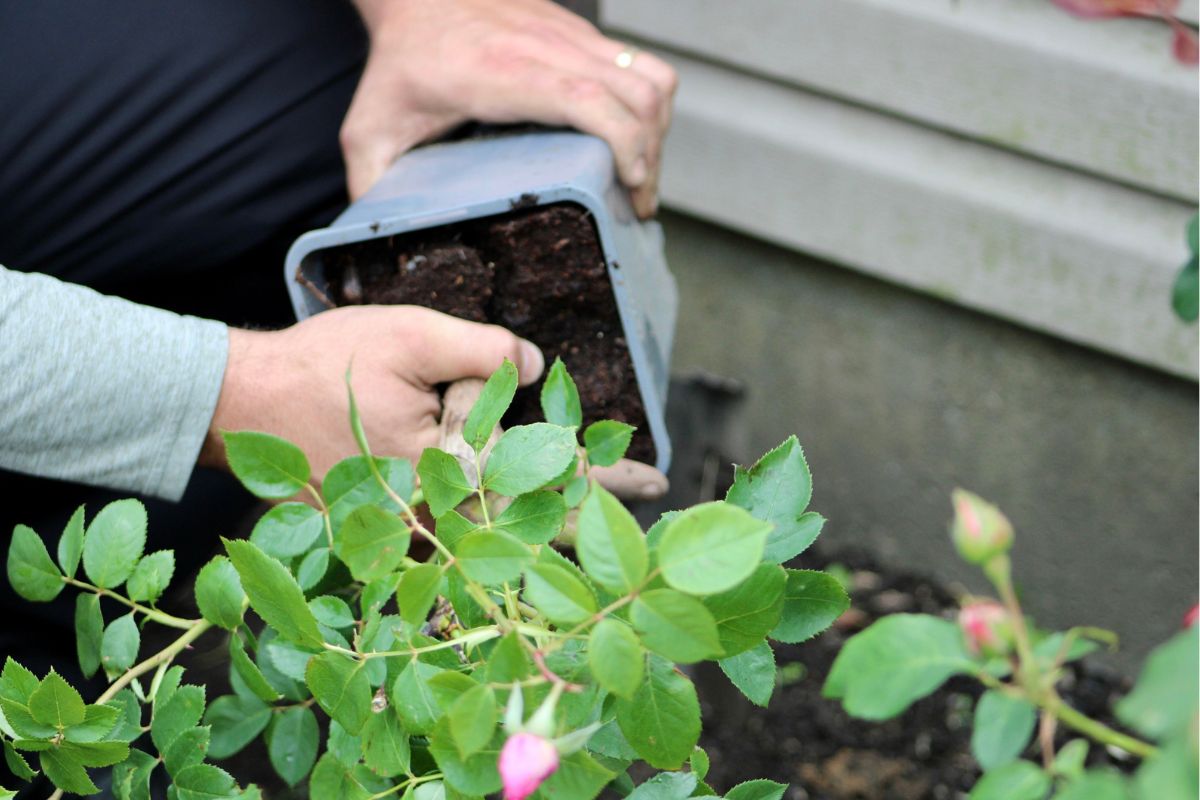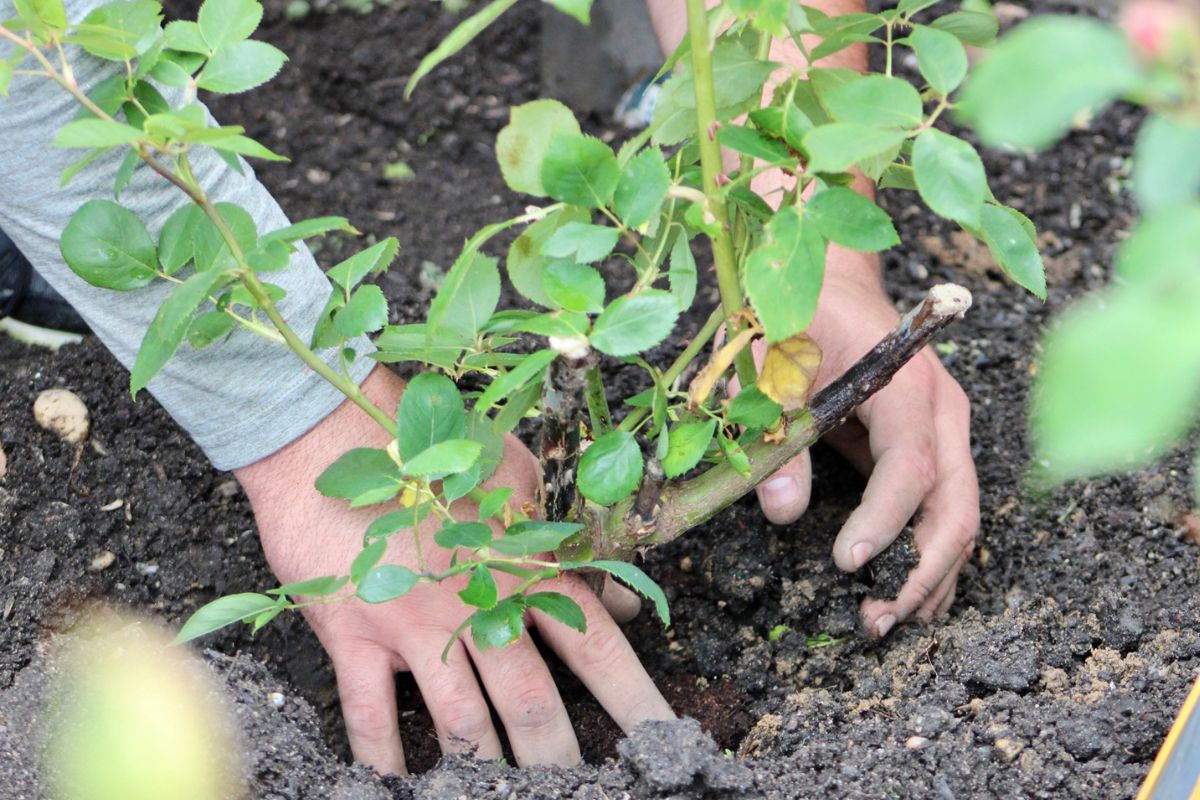Have you ever transplanted a thriving plant only to watch it struggle shortly after the move? This is often caused by a problem called transplant shock -- a common issue that can frustrate even the most seasoned gardeners.
We’ll share everything you need to know about transplant shock below. Hopefully, this will set you up for success the next time you need to move a plant or tree.
What Is Transplant Shock?
‘Transplant shock’ is the term horticulturists use to describe the stress plants experience after being moved. It is a very common problem that can be difficult to avoid when repotting plants, transplanting plants or planting out container grown plants.
Typically, transplant shock is caused by problems with the root system, but it can also be caused by a drastic change in growing conditions. For example, a plant that was growing in the shade may begin to exhibit signs of transplant shock if it is moved to a location that gets blasted by the sun all afternoon.
Some plants recover after suffering from transplant shock, but others will begin to wilt and die in short order. And in some cases, even those that recover may exhibit long-term problems.
What Causes Transplant Shock?
Root damage is the leading reason that plants suffer transplant shock. No matter how delicate you are when digging up a plant, it is almost impossible to avoid traumatising the root system to some degree (unless you dig up a very large amount of soil surrounding the plant).
Even if you manage to avoid causing obvious damage to the plant’s primary roots, you may damage some of the root hairs – microscopic structures that actually accomplish most of the water absorption. The roots may also dry out while being transported to the new site, and some of the mycorrhizal fungi (beneficial microorganisms found in the soil) living on the roots will also die during this process.
All of these things make it harder for plants to establish themselves, leaving them vulnerable to things like water stress.
Other things that trigger transplant shock can include changing sunlight levels, soil pH differences, increased wind exposure, and soil texture differences.
Signs of Transplant Shock
Plants suffering from transplant shock can display a few different signs and symptoms, including:
- Browning or yellowing of the leaves (especially the plant’s older leaves)
- Wilting
- Leaf rolling or curling
- Leaf or flower loss
These symptoms often occur shortly after a plant is transplanted, but there are also long-term effects that you may only notice months or years after the initial shock.
For example, plants that suffer from transplant shock will often fail to grow as vigorously as individuals who didn’t suffer as much root damage. In some cases, they may even exhibit lopsided growth.
Preventing Transplant Shock: 7 Tips & Tricks
There aren’t many sure-fire solutions for avoiding transplant shock. The most helpful thing you can usually do is to carry out the transplant process in a careful and sensible fashion.
However, there are a few things that may also help ease your plants into their new homes:
1. Only transplant plants that are already thriving.
Because transplantation is a stressful event, it is best reserved for those specimens that are in tip-top shape. Only plants that are already doing very well in their current location will usually be in good enough condition to withstand the rigours of being dug up and replanted elsewhere.
Moving a struggling plant rarely sets it up for success; it usually becomes a one-way ticket to the compost pile.
2. Select the new growing site carefully.
This should really go without saying, but it is always important to install plants in suitable locations.
Being transplanted from one good spot to another is hard enough, but moving a plant from a good location to a poor one virtually guarantees failure. So, be sure to consider all aspects of the new growing location, including soil characteristics, light levels, and drainage patterns.
3. Gradually acclimate plants to their new environmental conditions.
Often, plants experience transplant shock because the growing conditions in the new location are drastically different than those in the original location. So, if possible (such as when planning to transplant a container-grown plant), try moving the container closer and closer to the plant’s final destination in the days or weeks leading up to the move.
4. Prune plants before transplanting them.
Because transplantation often results in some degree of root loss, plants often end up being ‘unbalanced’ – they have more leaves than their root system can support.
Some gardeners and horticulturalists try to mitigate this by pruning approximately one-third of the leaves on a plant before moving it. Reducing the number of leaves will reduce the amount of water being pulled from the ground via the roots, which will help to alleviate some stress on the plant.
5. Be exceedingly gentle with the plant’s root system.
The more roots that survive the transplant process, the less likely the plant is to experience transplant shock. So, avoid cutting any roots unnecessarily, and leave root balls intact (unless they’ve become badly bound).
Additionally, be sure to keep the root ball moist during the transportation stage.
6. Provide appropriate amounts of supplemental water to newly transplanted plants.
Water stress is often at the root (apologies for the pun) of the transplant shock problem. So, in an effort to help your plants succeed following transplantation, be sure to give them more water than you normally would.
But don’t get carried away, either. You don’t want your newly moved plant’s roots sitting in waterlogged soil either. As always, proper drainage is crucial.
7. Protect newly transplanted plants from strong winds.
The wind can increase the rate at which plants lose water, which can further stress plants at risk of suffering transplantation shock. This is doubly true in areas that receive lots of sunlight.
To address this issue, try to ‘shield’ newly transplanted plants. In some cases, other, better-established plants can serve as a shield. But small pieces of plastic, wood, or metal can also be used to block the wind.
Rest & Recovery: Helping Plants Weather Transplant Shock
In most cases, there aren’t many things you can do to help plants recover from transplant shock.
After all, transplant shock is, in part, the plant’s reaction to rapidly changing environmental conditions. Making any additional changes is only likely to make things worse.
However, the following recommendations are often helpful:
- Ensure the plant has adequate – but not excessive – moisture. The importance of providing proper amounts of water during and immediately after transplantation cannot be overstated. Unless you have a great deal of experience, it is wise to use a soil moisture meter.
- Consider mulching the surrounding area. Mulch helps to reduce the amount of soil moisture lost to evaporation, and it also prevents the soil (and by extension, the roots) from getting too hot.
- Be careful with fertiliser. Fertiliser can dry out or burn roots when used improperly, so it is generally preferable to allow plants and trees to become established first.
Don’t be too hard on yourself if you discover some of your plants are suffering from transplant shock. It happens – even when you try to do everything right.
Just do your best to care for your plants’ root systems and support the newly transplanted plants as best you can.
Of course, there’s one other way to avoid transplant shock in many cases: Sow high-quality seeds where you’d like them to grow. This way, you don’t have to worry about transplanting them at all!







